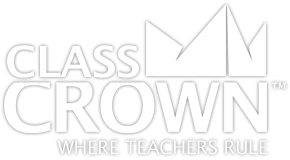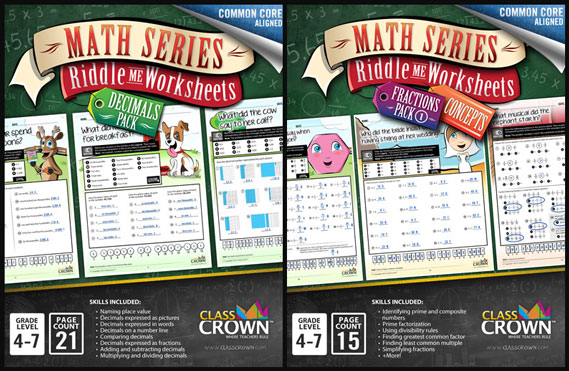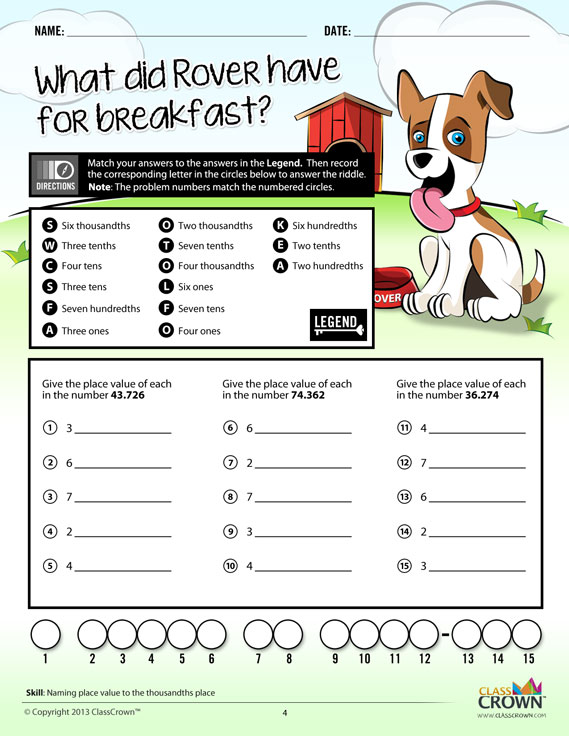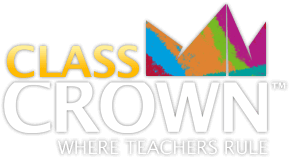The Problem. During my first year of teaching, I had very few additional math resources to use to supplement the basic curriculum the school provided. Usually, after my mini-lesson and small group instruction, I would assign practice problems from the textbook or from a worksheet I found online for homework/independent practice. The textbook problems and worksheets had adequate practice problems, but it was not terribly uncommon for a student to complete a homework assignment completely incorrectly and have no idea. Well-meaning students would turn in 2 pages worth of work, making the same error over and over again, never having any feedback to let them know their work was incorrect. Once I noticed this pattern, I did my best to prevent these problems through visual checks for understanding, checking answers to guided practice problems, and aiding those students who were clearly struggling. Still, sometimes students would perform adequately in class, but when they went home to complete their homework assignments, they would make errors without realizing it.
The Solution. ClassCrown’s Riddle-Me-Worksheets are aimed at preventing this problem. Each worksheet has a riddle at the top of the page. (See example below)
Students must complete the math problems to decode the answer to the riddle. The best part is that as students are working, they must find their answers among those listed in the legend to solve the riddle. If students cannot find their answers among those in the legend, they receive immediate feedback that they have done something incorrectly. (See example below)
Advantages. Once I began using puzzle worksheets in my classroom, I saw many advantageous things begin to occur:
- Students were more engaged. My students began to look forward to beginning their math homework. Some of them enjoyed finding the answers to the riddles and found them entertaining, but I think what they liked even more was that they began to feel confident in their own abilities since they knew immediately whether they were doing their work correctly.
- Students were more likely to complete their work. Almost immediately, the percentage of my students who completed their homework without hassle or having to miss recess for incompletion was reduced. Again, I think this was because students knew they were doing the work correctly and were engaged and motivated to get it finished.
- If a student had a misunderstanding, I had feedback almost immediately and could remediate quickly. I typically had my students begin the puzzles as independent practice. If they found that they could not find their answers in the legend, they knew immediately that they had a misunderstanding. I would encourage them to try to figure out what they were doing wrong on their own by looking at their notes or by asking a neighbor, but if that failed, I encouraged them to join a small group of struggling students. In the small group work, I would have my students do their work on a whiteboard and show me their work one at a time. If a student did two problems in a row correctly, I would send him back to his seat for independent practice and focus my efforts on those who still needed assistance. It was usually a matter of minutes before all of my students had the ability to practice the skill independently, all the while receiving feedback that their confidence was well-placed. No one wondered if she really “got it” or not, myself included.
A suggestion vital for success. It is absolutely vital that students be held accountable for doing their own work. Just as it would be inappropriate for students to copy a friend’s homework and turn it in, it would be inappropriate and, indeed, fraudulent, for them to copy the answer to the riddle and think that this deserves credit for work completion. As such, I always required my students to complete the work for each problem on a separate piece of paper, even if they had figured out the answer to the riddle before completing the problems. Students were still responsible for completing every problem to a high standard to prove mastery. I suggest that you also require your students to complete their work in an organized fashion on a separate piece of paper, staple it to their completed worksheet, and turn it in order to receive any credit. Turning in anything less than this should result in a zero. If you do not hold students to these standards, then the puzzles can become a detriment rather than a great benefit since once students find the answer to the riddle either by guessing or by asking a friend, they will no longer have any incentive to complete the work.
Affordability and Quality. Each math packet in the Classcrown’s Riddle-Me-Worksheet Series comes with at least 15 pages of skill practice, but many come with additional pages. They start at only $5.99 and are filled with fun riddles and graphics. Give them a try – you and your students will not be disappointed! Check them out here




